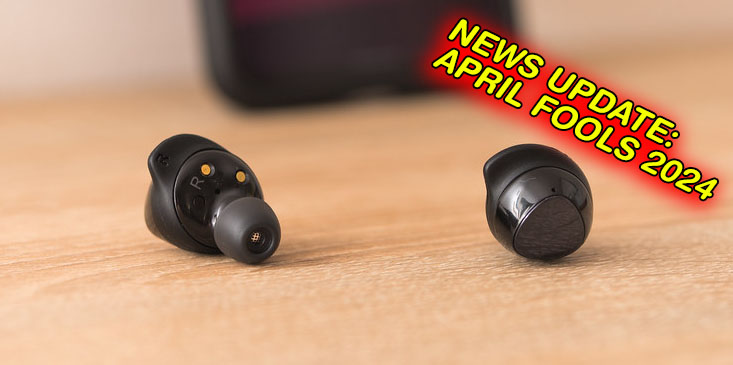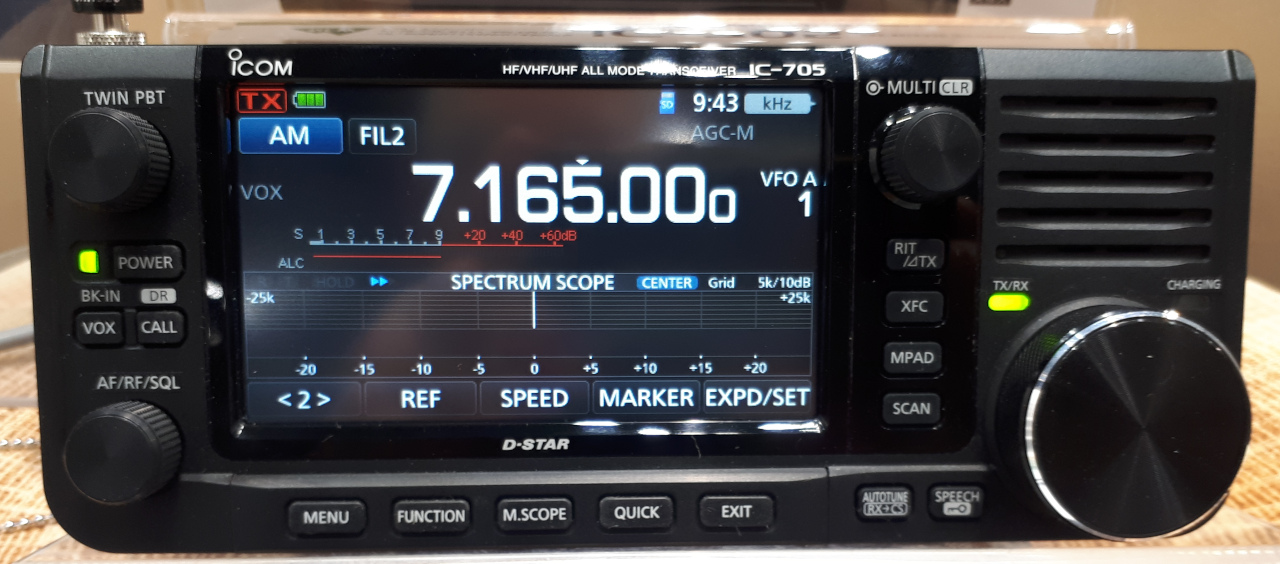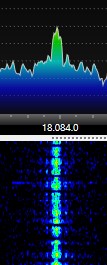 In this age of miniaturization it is amazing to consider what has been achieved with modern technology. With that thought in mind, a dedicated group of members within AREG has been exploring what could be done using the various models of Bluetooth connected earbud headphones that are currently available. Originally the thought was to see how they could help our fox hunting teams gain an advantage over the VK3 teams at the national championships, but then one of the team members made an amazing discovery. Hidden inside certain manufacturer’s products was a surprising amount of compute power, far more than would ordinarily be needed to convert a simple Bluetooth signal into audio.
In this age of miniaturization it is amazing to consider what has been achieved with modern technology. With that thought in mind, a dedicated group of members within AREG has been exploring what could be done using the various models of Bluetooth connected earbud headphones that are currently available. Originally the thought was to see how they could help our fox hunting teams gain an advantage over the VK3 teams at the national championships, but then one of the team members made an amazing discovery. Hidden inside certain manufacturer’s products was a surprising amount of compute power, far more than would ordinarily be needed to convert a simple Bluetooth signal into audio.
On further probing and exploration, the team finally found a way to hack into the EarBud operating system and access the boot loaders. Now these operating systems and compute capabilities were completely unexpected, and so not only was this an eye opener, it was also a game changer as the team pondered just what might be possible! (It also posed the question, what on earth were the manufacturers planning in the future and why such compute capability was even required in these devices, but these are questions for later exploration).
Amateur Radio Applications?
Having opened up the operating system, the team made short work of learning how to load software into the earbuds, and then the creative juices started flowing. One of the early thoughts was whether there might be a way to connect one of the modern Bluetooth capable HF transceivers to these earbud systems. A quick look at the IC-705 from ICOM confirmed that this was simple enough to do.
The trick then was to see what the earbuds could do!
 Morse Code – Music to your ears – with Speech Conversion technology!
Morse Code – Music to your ears – with Speech Conversion technology!
The first simplest idea was to simply relay CW signals to your ears. The challenge however wasn’t to just relay the raw audio. Given the amount of compute power discovered in these ear buds it became clear much more could be done. The team then built a CW decoder and speech encoding routine that could take a HF signal straight from a Bluetooth transceiver and turn it into synthesized speech. The achieved results were impressive indeed.
CW Input Signal
Earbud Processed CW to Speech
Further work was then undertaken to work on the decoder’s ability to separate out individual signals in a pileup. After some experimental AI routines there was success! Morse Code finally entered the digital age!
 Digital Operators delighted by FT8 success
Digital Operators delighted by FT8 success
Following on from the CW experiments, the FT8 devotees in the club got together to see if it would be possible to port the WSJT-X FT8 encoder/decoder into the earbuds. After some consternation about running out of memory, the following was achieved! Using additional AI routines to help select which signal to decode, the team was able to convert this:
into this!
Needless to say we believe this is the most unusual compute platform that FT8 has ever been ported to, but the results were simply stunning, with decode rates as good as any of the popular programs currently in use on the PC market today.
SSB Operators were not left out!
Of course AREG is all about equality and accessibility. We do not tolerate discrimination in the group. So, it was important that the SSB voice folk felt they were part of the project too. Of course, then it dawned on us. They were already included, as all we had to do was turn off the decoded software and the pure sound of SSB HF radio could once more be relayed straight to their ears.
How can you get involved?
The system is still in it’s infancy, and so far only a couple of models of Earbuds have been cracked. However as soon as we have stable supplies and have completed licensing the software on git-hub, we will make it available to amateur radio operators to experiment further with!
Next steps are to be able to have the reverse direction function as well, so an operator can simply speak and the earbuds can then turn that into what ever CW or digital modulation system you desire!
Meanwhile, if you would like to know more, please contact us via the project page!
